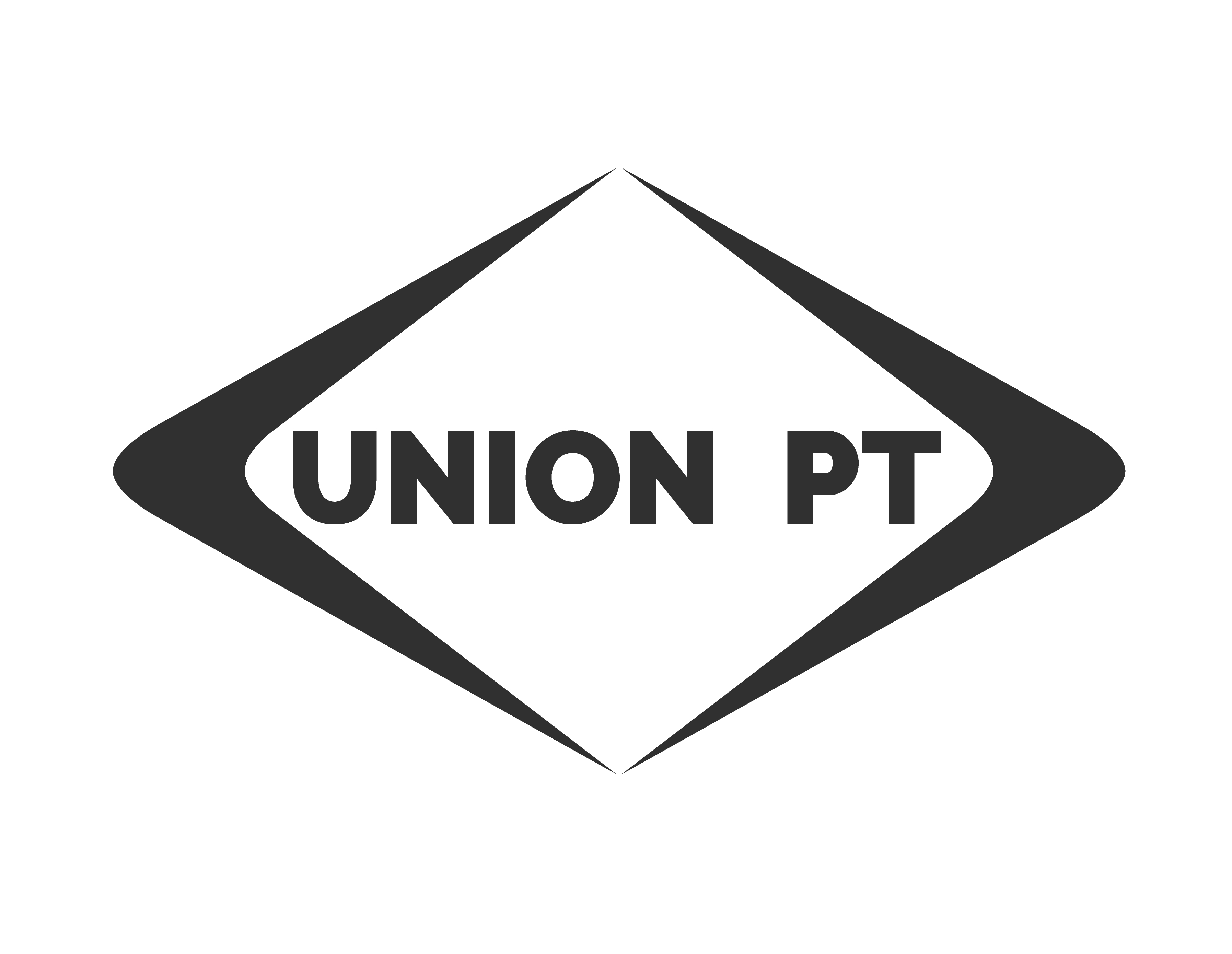The lumbar (low back) disc acts as a spacer between the bony segments of your spine. The disc serves as shock absorption for your spine, and allows range of motion through your back. The disc consists of firm outer layer called the annulus, and gel-like inner material called the nucleus pulposus.
- With normal wear and tear over time, discs become less flexible and more prone to tearing or rupturing
- A disc herniation occurs when the nucleus leaks some of its fluid into the body of the disc. There are varying degrees of herniation contributing to variety of symptoms ranging from completely asymptomatic, to pain in the low back, radiating pain into one or both legs, and/or numbness and tingling in one or both legs.


- If your disc herniation is small, you may only feel it in a small region on one side of your low back
- If there is a lot of inflammation associated with your disc herniation, you may feel a large region of pain on both sides of your low back, and/or non-specific radiation of symptoms into one or both legs
- If one or more specific spinal nerves are affected, you may feel pain or numbness and tingling through a determined pattern down one or both legs (image to the left).
Many factors can contribute to a herniated disc. Sometimes symptoms come on after an obvious traumatic event such as bending, lifting, or rotating, and sometimes symptoms may come on for no apparent reason at all. Factors contributing to disc herniation include:
- Genetics – a family history of low back pain may predispose you to low back pain
- Occupation – heavy labor, or jobs that require repetitive bending, lifting, or rotating
- Posture – poor seated and standing posture over a life time
- Poor lifting mechanics – using back to lift heavy objects, or light weights frequently
- Weight – excessive body weight puts increased pressure on the discs
- Smoking – reduces the flexibility of the disc making it more susceptible to injury
- Traction techniques: Gentle traction of the low back can help to improve the inflammation, pain, numbness and tingling, and health of your disc
- Soft tissue mobilization (massage): Gentle soft tissue mobilization can reduce stiffness in your muscles associated with your injury
- Manual therapy techniques: Gentle manual therapy techniques targeted at the level of your lumbar spine, higher in the spine, or in the pelvis can reduces the stress on your disc and promote disc health
- Core stabilization: Gentle strengthening exercises can active your core to help protect your back during the rehabilitation phase, for long term management of your symptoms, and to reduce the risk of re-injuring your back
- Education: Instruction in proper posture, lifting mechanics, body mechanics, and disc health management (see disc hydration handout) during every day activities can reduce stress to your disc and reduce the risk of re-injuring your back
- Movement is really important for treatment of the disc. Laying in bed will cause inflammation to build up and muscles to stiffen, making movement even more painful. Frequent walking is helpful for management in the acute phase.
- Modification of movements such as forward bending and lifting is important to avoid undue stress to the disc. Focus on bending from the hips or squatting if you need to perform these activities.
- Ice and heat will not penetrate far enough into your tissue to treat the disc, but they may help with stiff and painful muscles. Generally, ice is more useful for pain and heat is more useful for stiff muscles. Consider alternating if you are experiencing both.


